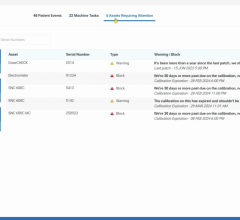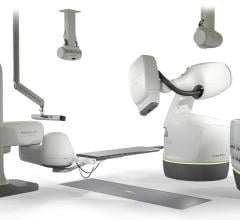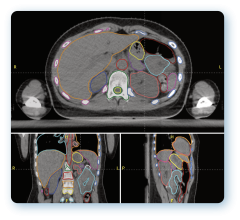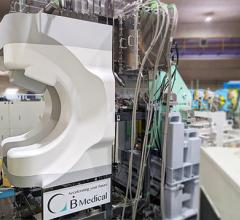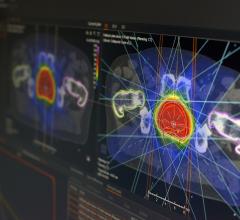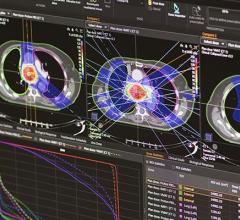August 1, 2007 - The results of a pilot study on a new optical technology, coupled with routine endoscopy, presented in the Aug. 1 issue of Clinical Cancer Research, could represent a new approach to detecting pancreatic cancer at a very early stage.
Developed by Northwestern University biomedical engineers, the new optical technology, with routine endoscopy, exposes cellular changes indicative of cancer in tissue near the pancreas that had previously been detectable only through intensive radiologic scanning or invasive surgery.
“Pancreatic cancer is not often detected early because it is a rather inaccessible organ, so this technique holds the potential to be the first reliable, routine screening tool for pancreatic cancer,” said co-author author Randall Brand, M.D., an associate professor of medicine at Northwestern University and clinician at Evanston Northwestern Healthcare. “If we could apply this to those at high risk – such as people with chronic pancreatitis or who have a family history of pancreatic cancer– we might see a drastic improvement in pancreatic cancer survival.”
The optical technology used to detect the field effect of pancreatic cancer was developed by the senior author of the study Vadim Backman, Ph.D., a professor of biomedical engineering at Northwestern along with his graduate student, Yang Liu, Ph.D, the first author on the report. With a single instrument, Backman can use two different means of detecting the optical properties of a tissue sample, both of which were developed in his laboratory: four-dimensional elastic light scattering fingerprinting (4D-ELF) and low-coherence enhanced backscattering spectroscopy (LEBS).
“We are able to use the optical properties of a cell’s structure to serve as a marker for disease,” said Backman. “These are changes within the tissue that cannot be detected through any other means. Neither antibodies nor diagnostic assays can detect them.”
According to Backman, optical markers are independent of other factors within the tissue microenvironment. “The markers do not change if the patient is a smoker. And the markers do not change with the location, stage or size of the tumor in the pancreas,” he said.
Researchers are currently involved in a larger study of the technique and its refinement. They estimate that the technology may be put into practice within three years.
The study was supported by funding from the National Science Foundation and the National Institutes of Health.
For more information: www.aacr.org


 June 19, 2024
June 19, 2024 

